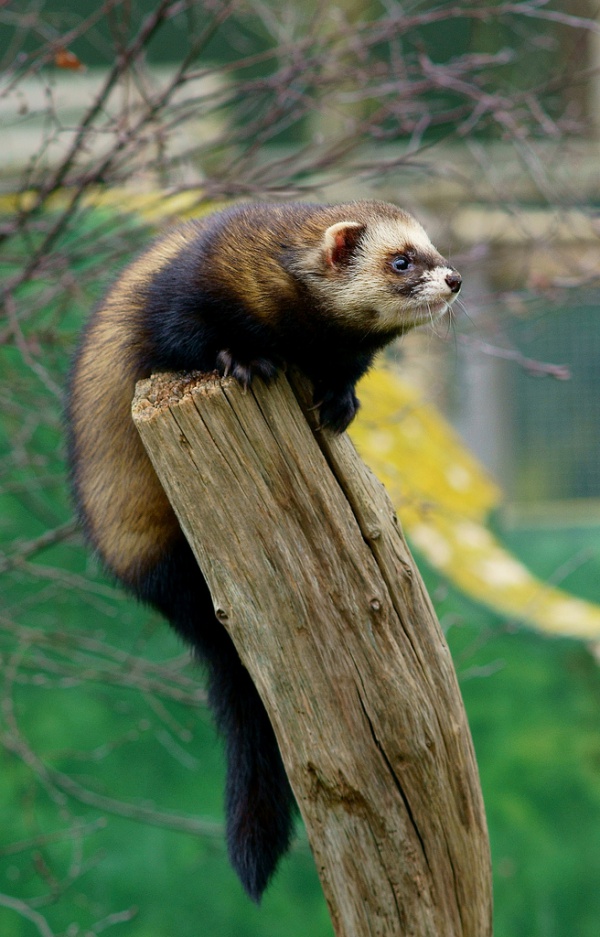Facts About Domestic Ferret
The European polecat, a member of the weasel family, is native to western Eurasia and northern Morocco. Its distinctive appearance includes a dark brown coat with a lighter underbelly and a dark mask on its face. One of its unique characteristics is the ability to secrete a foul-smelling liquid to mark its territory. Unlike many other mustelids, the polecat isn't very territorial and often shares its home range with others of the same sex. They are polygamous, typically giving birth to litters of five to ten kits in early summer. Their diet primarily consists of small rodents, birds, amphibians, and reptiles.
The European polecat's history dates back to Western Europe during the Middle Pleistocene. It is closely related to the steppe polecat, black-footed ferret, and European mink. Interestingly, the domesticated ferret, which has been used for hunting vermin for over 2,000 years, descends from the European polecat.
Historically, polecats were not well-liked, especially in the British Isles, where they were often persecuted by gamekeepers. They were misunderstood and negatively depicted in early English literature. Despite this, the IUCN classifies the European polecat as Least Concern due to its large population and broad range.
The name "polecat" likely originates from French or Old English words related to foul smells or poultry. The species has various local names in English dialects. Its scientific name, Mustela putorius, also hints at its notorious smell. The European polecat's evolutionary journey began in the late Villafranchian, with modern fossils found in Germany, Britain, and France during the Middle Pleistocene.
Behavior-wise, polecats tend to settle in specific areas during the breeding season and share territories with others. Their offspring become independent after two to three months. They primarily hunt small rodents, amphibians, and birds, but can also take down larger prey like rabbits and geese by stalking and seizing them with their teeth.
While hybridization with species like the steppe polecat and domestic ferret is rare, it can result in fertile offspring. The European polecat faces threats from predators such as red foxes and competition from the invasive American mink. Over the years, the species has successfully spread back into parts of England and Wales, with viable populations since the mid-1990s.
Polecats can suffer from various diseases and parasites, including distemper, influenza, ticks, fleas, and tapeworms. In human culture, they have historically been hunted for their fur, though taming them is challenging. Early English literature often portrayed them negatively, and they remain less recognized in popular media compared to other carnivores.

 Hungary
Hungary